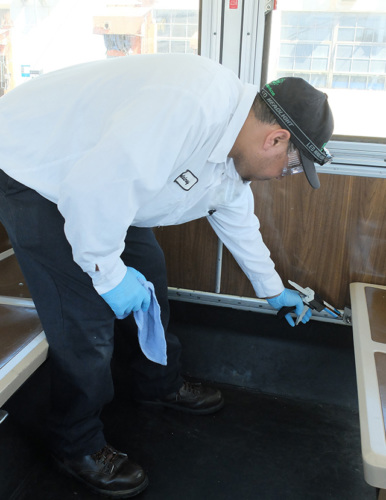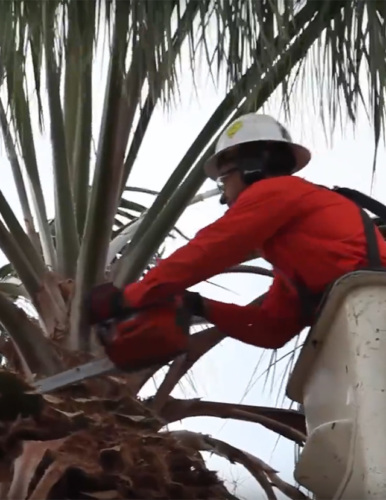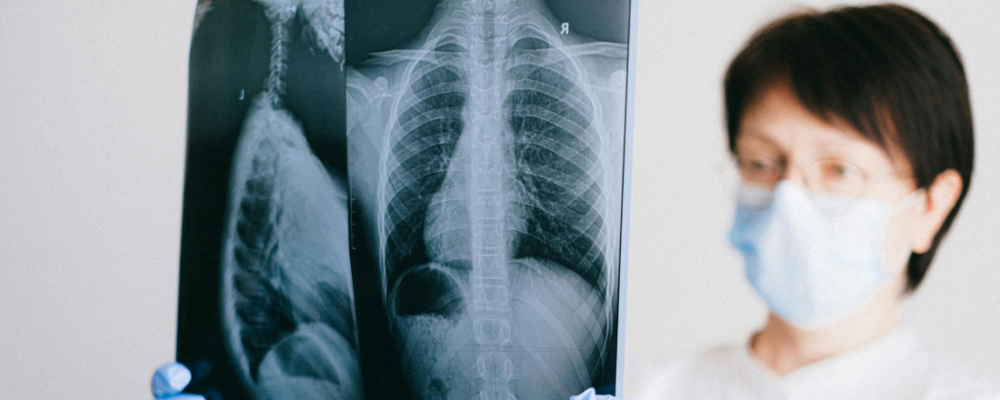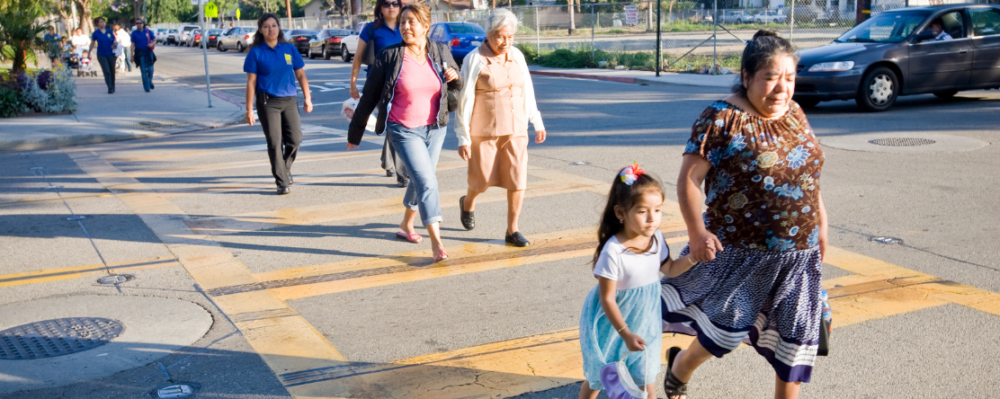California Occupational Health Surveillance and Evaluation Program (OHSEP)
The Occupational Health Surveillance and Evaluation Program (OHSEP) tracks work-related injuries and diseases, assesses occupational exposures to hazards, and makes prevention recommendations for workers and employers. The program’s findings are used to promote safer and healthier work environments.
-
Focus Areas
Chronic Disease Prevention, Environmental Health, Healthy Communities -
Issues
Asthma, Cancer -
Expertise
Evaluation, Health Education & Promotion, Research – Surveillance
Our Impact
See all California Occupational Health Surveillance and Evaluation Program (OHSEP) Impacts
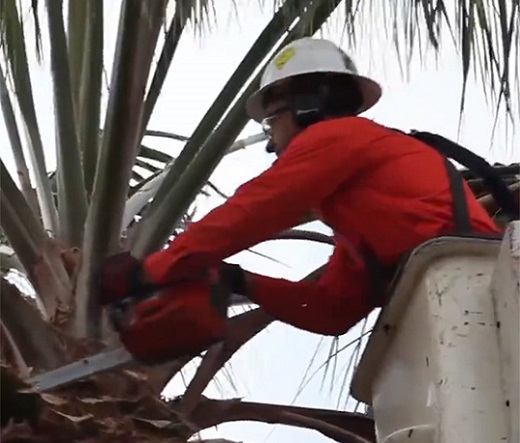
- 4.7K chemical exposures reduced for school staff
- 300K views for palm trimming fatality prevention videos
- 3.3K+ cases of occupational pesticide illness identified
Projects
Active Projects
- California Fatality Assessment and Control Evaluation Program
-
The California Fatality Assessment and Control Evaluation (CA/FACE) program identifies and studies workplace deaths throughout the state, and provides prevention recommendations that can be implemented at the workplace.
- Occupational Pesticide Illness Prevention Program
-
The Occupational Pesticide Illness Prevention Program (OPIPP) identifies the kinds of jobs and types of pesticides that cause health problems in workers.
- Women's Occupations & Risk from Chemicals
-
The California Department of Public Health and University of California, San Francisco, with support from the California Breast Cancer Research Program (CBCRP), are researching chemical exposures faced by the Golden State’s working women to better understand hazards they face and ways to protect them. The research aims to provide California's working women with access to information about breast cancer risks they may face from chemicals in the workplace.
- Silicosis in Stone Fabrication Workers
-
Cutting, grinding, chipping, sanding, drilling, and polishing engineered stone, quartz, granite, or other stone products can harm workers. The silicosis prevention project has developed resources that countertop fabrication employers, workers, and occupational health providers can use to prevent exposure to dangerous silica dust.
- Work-Related Asthma Prevention Program
-
The California Work-Related Asthma Prevention Program (WRAPP) aims to identify industries, occupations, and exposures that put workers at risk for work-related asthma. By identifying and understanding the risk factors, we can find new ways to help employers and workers prevent work-related asthma.
Completed Projects
- Safer Alternatives to Toxic Chemicals in the Workplace
-
Eliminating or reducing the use of toxic chemicals at the jobsite protects workers and prevents exposures to the community, consumers, and the environment.
- Ergonomics: Preventing Job-Related Pain
-
Musculoskeletal disorders (MSDs) are injuries caused by wear and tear to the tendons, nerves, muscles, and joints. Job-related MSDs are responsible for about one-third of workers' compensation claims. This project created guidance for workers addressing job-related pain, for high-risk jobs, and for physicians treating pain.
- Tracking Carpal Tunnel Syndrome
-
OHSEP uses medical provider and other reports to track carpal tunnel syndrome (CTS) cases, select cases for follow-up, and plan workplace interventions with prevention recommendations for employers and employees. OHSEP has identified California establishments with two or more claims of CTS among employees with the same job title within any 12-month period between 2006 and 2011.
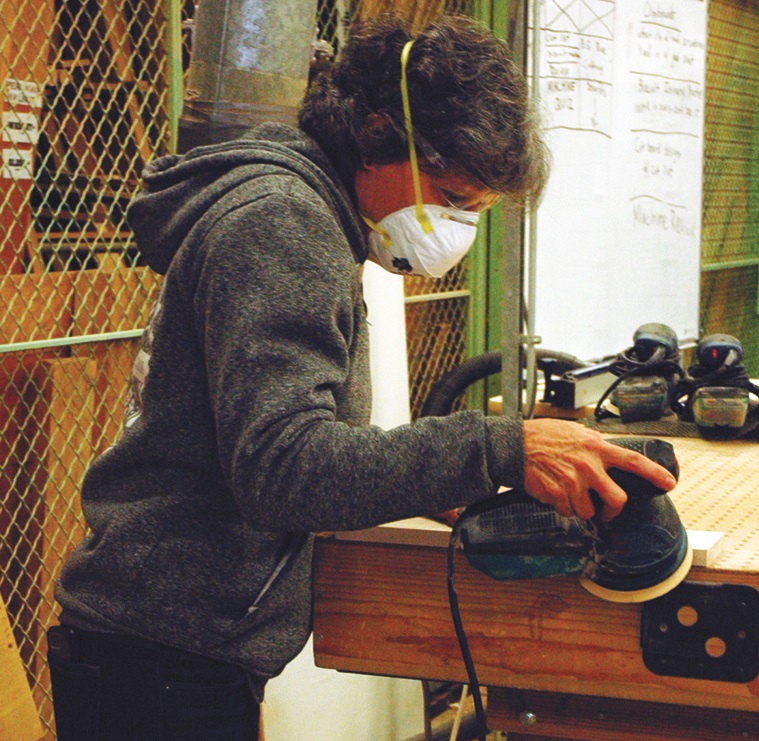
Work With Us
You change the world. We do the rest. Explore fiscal sponsorship at PHI.
Support Us
Together, we can accelerate our response to public health’s most critical issues.
Find Employment
Begin your career at the Public Health Institute.
